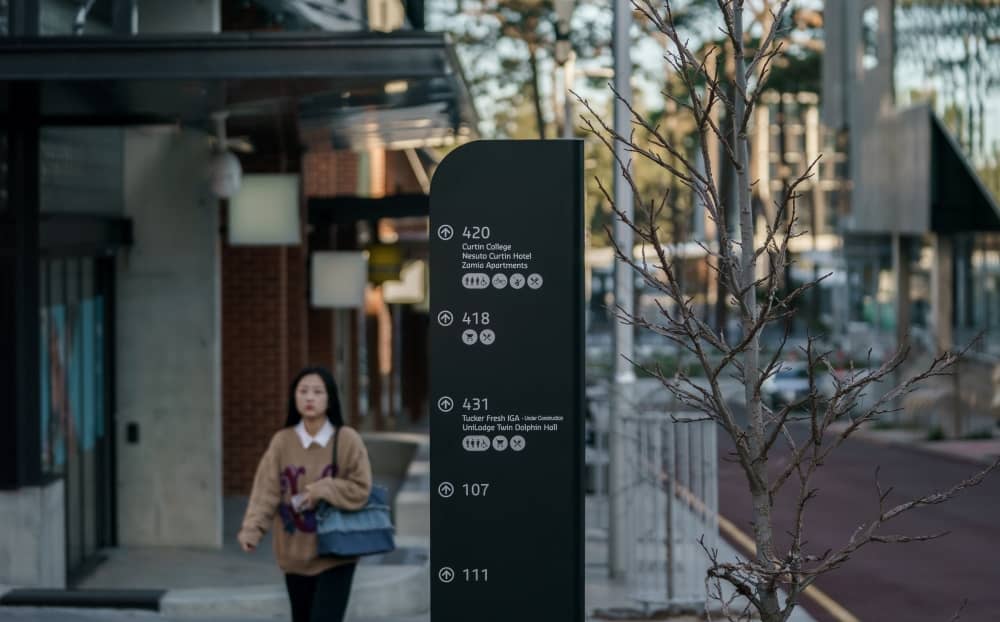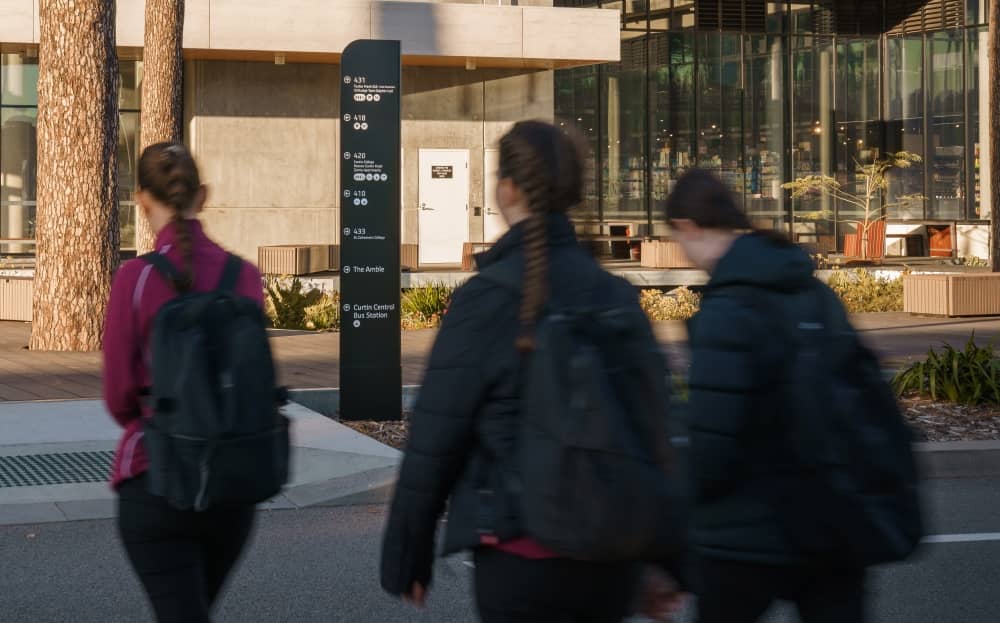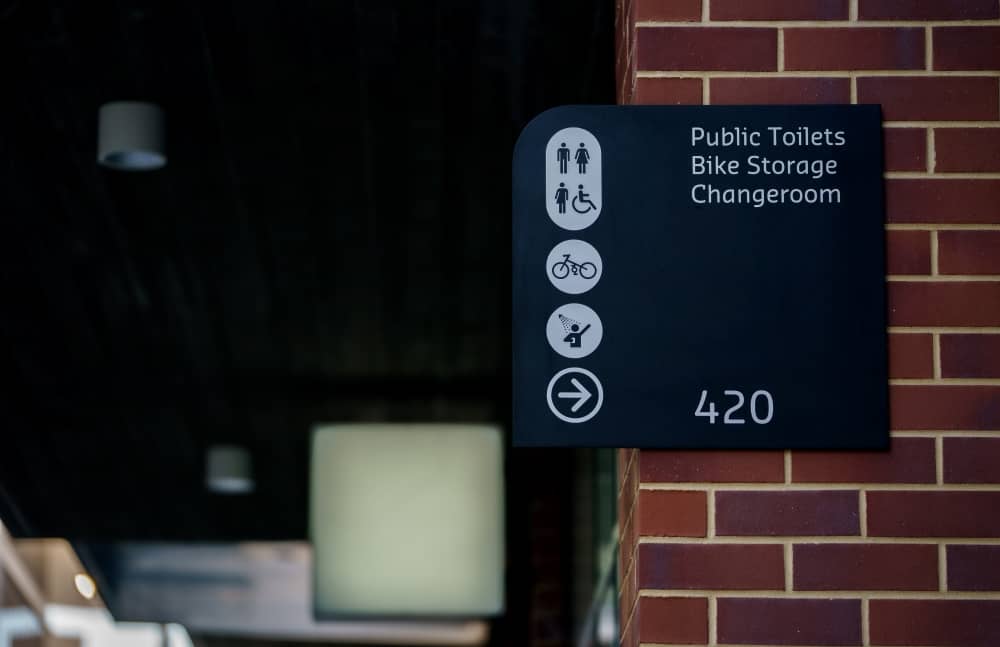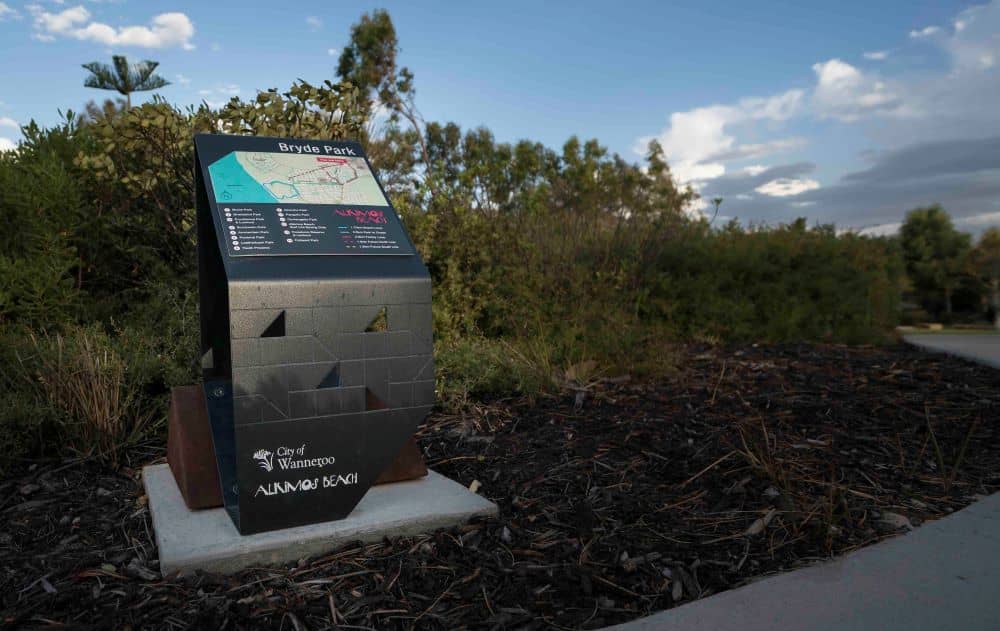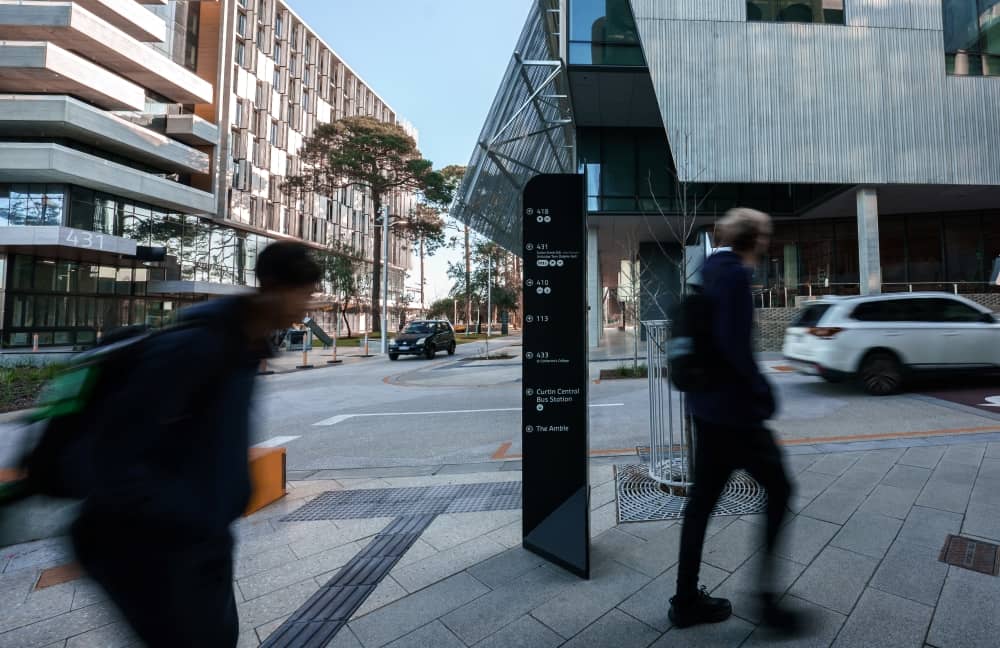
When you’re in familiar surroundings like your suburb, local shopping centre or park, you’re likely not paying too much attention to the signs you’ve seen before. You know where you’re going and the most efficient way to get there.
What happens when you’re in an unfamiliar place? Maybe you’re visiting a hospital, or it’s your first day of uni. You might know what your destination is but not how to get there. Suddenly, you’re entirely dependent on signage to help find your way, and the placement, ease of use and accuracy of those signs become hugely important.
Helping people navigate in unfamiliar surroundings is at the heart of a successful Wayfinding strategy. However, there’s much more involved in the field than simple directional signs.
What Should Be Considered When Implementing Wayfinding Signage?
Consider who your visitors are and what kind of needs they might have. Can someone in a wheelchair easily get from A to B? What about visitors who don’t speak English? Understanding the audience and addressing their individual needs is key to ensuring your wayfinding signage will be accessible and inclusive.
Determine what locations visitors are trying to find, this might include amenities such as toilets, food and beverage outlets, ATMS, parking structures or parents’ rooms. Specific destinations could include classrooms, hotel rooms or offices.
Once you have determined who the audience is, and where they need to get to, your site is assessed to determine how visitors get from point A to point B. It is crucial to consider the visitors’ entire journey, from when and how they arrive at your site, to when they depart it.
Clearly defined visitor pathways form an essential part of your wayfinding signage strategy and inform optimal signage placement locations. Visitor pathways also allow you to define exactly which path you would like your visitors to take across the site, allowing you more control over the visitor experience.
How to Make Your Wayfinding Signage Stand Out?
Effective wayfinding should be presented as a suite of signage and other visual cues able to be adapted across your specific site. Having a wayfinding signage strategy ensures your particular site has been carefully assessed and a wayfinding signage suite has been designed to be fit for purpose now and into the future:
- True to Your Identity – Wayfinding signage should reflect the brand and identity of your site taking into account how it integrates with architecture and the environment while being legible and functional for your visitors. A wayfinding signage suite should have a unified aesthetic, which will enable your visitors to recognise an individual sign as part of their wayfinding journey promoting trust and reassurance in the signage suite.
- High Quality – Your wayfinding signage suite needs to be professionally designed using universal design practices considering hierarchy, typography, iconography and colour amongst other important design functions. These universal design decisions play an important role in the legibility and accessibility of your wayfinding signs, ensuring they can be read and understood by all your visitors inclusively.
- Appropriate Placement – Placement of your wayfinding signage is key to ensuring successful wayfinding signage implementation. Opportunities within your site such as near existing lighting will enhance the placement of your wayfinding signage without additional infrastructure. It is essential to carefully consider clear placement locations to avoid over-signing an area which will create visual clutter and confusion for your visitors.
Why is Wayfinding Important?
Think about your experiences navigating an unfamiliar place. Whether in a city, a university, a hospital or an airport, it’s easy to sympathise with the frustration and possible anxiety others experience in similar situations.
Avoiding stressful situations and guiding people seamlessly and comfortably is a big part of why wayfinding is important. Regardless of if you are planning a shopping centre, zoo or hospital, ensuring there is a simple way to get from one place to another will improve traffic flow, ease visitors’ tensions, and ensure everyone’s safety. Your visitors will leave your site satisfied with their experience, instead of frustrated after getting lost.
What Matters in Wayfinding?
Meeting the needs of the community you serve matters greatly in wayfinding. Regardless of the type of signage, it is vital to consider the cognitive abilities, visual acuity, and spatial awareness of the people interacting with your wayfinding design.
There are several points you should address in your wayfinding. These include:
- Design Simplicity – Because people tend to glance at signs, the information you share should be limited to the essentials. Avoid any visual clutter which can take attention from the sign’s purpose.
- Design Distinctiveness – Include cues to help signage stand out from the surroundings. An example would be using contrasting colours or lighting for signs to make them highly visible.
- Design Consistency – Standardising the font, shapes, colour, size, and placement of wayfinding information prevents confusion.
- Design Isolation – Give each sign enough space to stand out from the environment without signage congestion. This helps prevent misunderstanding of directions if several wayfinding signs are clustered together.
- Reassurance – People in unfamiliar settings appreciate signs telling them they are still on the right path to the destination if there has been a considerable distance between two wayfinding signs.
Who Can Benefit From Wayfinding?
Wayfinding is beneficial in a multitude of different environments, such as:
- City planning
- Office buildings
- Schools and university campuses
- Airports, train stations and bus stations
- Tourist attractions
- Parks, zoos, and recreational areas
- Hospitals, medical centres and aged care facilities
- Shopping centres
- Government buildings
How a Wayfinding Consultant Can Help
Wayfinding is as much a science as it is an art, and there are many intricacies involved in creating an excellent wayfinding design. It is essential to engage an experienced wayfinding consultant, as poorly planned and executed wayfinding can cause more harm than good.
This is why working with experts will ensure the necessary details for compliance and positive user experience are a part of your wayfinding design. A polished, concise, and easy-to-understand wayfinding design can make a huge difference for your visitors and your business.
